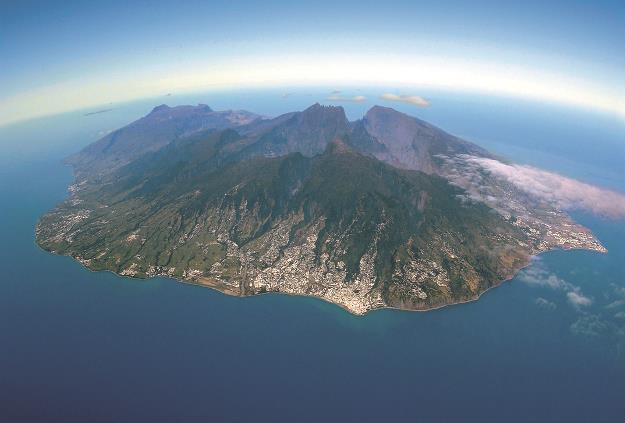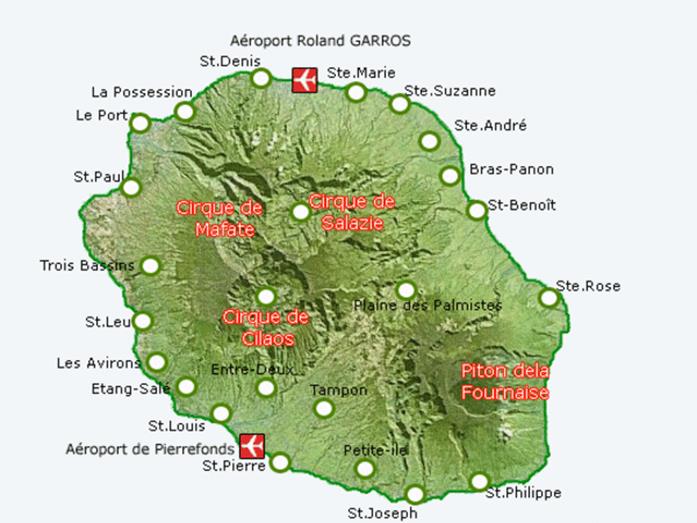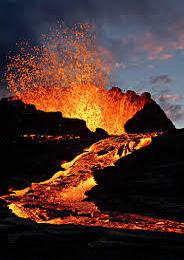


|
Professional Research & Maritime Historian, Author, & Conservator |

|
G. Cavelier, ed., Le Mercure, May 1722, p 152-156: |
|
Newspapers – Le Mercure —May 1722 |



|
Webpage designed by Baylus C. Brooks—Copyright 2015-2017 Baylus C. Brooks All Rights Reserved |

|
BCBNOTE: A truly gripping tale that ended in disaster for Edward Congdon’s crew… vessel italicization was restored upon translation.
From the Isle of Bourbon [known today as la Réunion]:
This Isle formerly called Mascaragne, named after a Captain or Chief of the Portuguese, who discovered it, is situated by Africa in the Ethiopian Ocean. It is on the east of the Isle of St. Lawrence or Madagascar, about five leagues long and fourteen miles wide. The Portuguese had formerly settled there, but it passed under the dominion of the French, who gave her the name she bears today. It is said that there is a mountain which throws fire [volcano]: the country is fertile, the waters are healthy, and there are almost all the conveniences of the Isle of Madagascar, with the Ports of St. Paul, Assumption, where the dwellings of the French are made. It is written from this Isle of November, 1721, that on the first of October [1720] the Dragon, an English Pirate Ship, arrived at the Isle of Madagascar, commanded by Captain [Edward] Congdon, who has an arm cut off; He had just made a very rich grip on the Moors, near Surat; This Pirate did no harm to a small English vessel, named the Cooker, commanded by Mr. Henry Beker, proprietor [master or commander], who was in the same harbor, having paid him for the wine and other liquors he took from him. He even came to the isle of Bourbon on his part to ask Amnesty, and to put off on this Isle, three surgeons, whom he had taken from the several ships, one French and one Parisian, named du Vernet, taken from one of the ships which M. de Francines commanded for the River de la Plate; The other Flemish, taken towards the Cape of Good Hope on Prince Eugene, vessel of Ostend; And the third English, taken on board a Vessel of Ostend. To secure the return of the Cooker, the Pirate had taken his Captain, his Surgeon, his Carpenter, and two Sailors; as well as a part of his cargo, with a promise to restore these items upon his return, and to indemnify him for the wrong he did him. The Cooker moved on the 15th of November [1720] at the Isle of Bourbon; M. Beker and the three Surgeons made their declaration, under the authority of M. [Beauvoilier] de Courchant, who is the Governor of it, and who had orders from the Company of the Indies, not only to receive the people without acknowledgment, who would come to hand over their vessels to them, but still to employ all means of attracting them to Isle, and thereby to make them abandon piracy. This declaration consisted in saying that the Pirates had to assure them that if they were granted an Amnesty, they would come to the Isle of Bourbon to deliver their ship, arms and ammunition to the Governor, to submit to his orders, Good & faithful Subjects of the King of France, but that in case there was no Amnesty for them, that they would fortify in four months, and that they would do the most harm and injury, till an Amnesty of Europe had been sent. M. de Courchant assembled the Provincial Council of the island, who, having maturely examined and weighed the means of drawing these Pirates from their disorders, for the good of the nations which trafficked in India, approved and signed The Amnesty, which was sent for 135 men, with a Letter to Captain Congdon. On the end of December following the pirate crew, sent a second time to M. de Courchant the same Cooker; And M. Beker, by giving him a letter from Captain Congdon, told him that the Pirates had received their Amnesty, and had furnished agreed to all conditions; With the marks of the greatest joy, and that they had at the moment begun to regret their Ship, in order to surrender to him all the more promptly, that they already saw many of their people die, but on the point of Some of them had formed difficulties; For as tranquility and the sharing of good people, nothing is more natural to the wicked than fear. The Governor sent Mr. Beker on January 3, 1721, and assured the Pirates of the best that he was able to attract them, and prepared to receive them. Finally, on the 30th of January, 1721, the Cooker came to St. Paul, in charge of Captain Congdon, with 42 of his pirate crews, nearly all in very bad condition by the poison given them by the blacks of Madagascar, The crew of the Dragon had perished. They had engaged M. Beker to pass them over the Isle of Bourbon, after having set fire to two others of their ships, of which they had previously spiked the canon, that they could not embark on the little English ship. In the crossing four of their comrades died; They do not believe that those who remain could leave; For several of them having dragged themselves to the shores of the sea to embark, were falling dead before they could set foot in the shallop. The Negroes of Madagascar will always take measures to destroy those who have brought money to their isle, and decide to leave it before they have spent it. Debauchery still greatly helps the poison, whose cupidity arms these unfortunate islanders, and quarrels often prevent the effect of both. As soon as Captain Congdon learned of the poison, he retired on board, where he remained ever since with the most wise of his Crew without going ashore, which saved them. On 2 February 1721 the sea grew much, and all the marks of a storm forming. The first gust of wind began from the south-east, after having passed through the east and north, to the north-west, and north-west, Four o'clock, the night of the 5th to the 6th; after which he continued his turn to the south-west, where he landed on the evening of the 6th. This wind has done great injury in the Habitations, where it has ravaged all the mountains which were found there on foot, and the rice which was on the cob. The most unfortunate thing is the quantity of Mocha coffee trees, which he made wrong by the loss of several thousand seeds already formed, and which would soon have been sown; By broken branches, and whole trees of cocoa broken, and some others uprooted. The inhabitants of the Isle of Bourbon will feel this year the loss of their banana-trees, whose fruit is of great help to their food. It had been bad weather for almost the whole month of January, but there had always been more rain than wind. Since the hurricane had ruined nearly all the cocoa creole trees of Moka, in all the districts of the Isle, it was found 215 to be fruitful, and 3,595 which have not yet produced. In spite of the quantity of seeds which the hurricane has destroyed; so that whatever may be the presumption many of these seeds in the earth will perish, and that several of them will be eaten by the insects, and that there will be others destroyed by other accidents; It is hoped that they will multiply to thousands, by the care of the inhabitants, the most of whom, though lazy, begin to understand their benefits, and hasten to cultivate them with care. |
|
Baylus’ Blog: |


|
The island of Reunion
|



